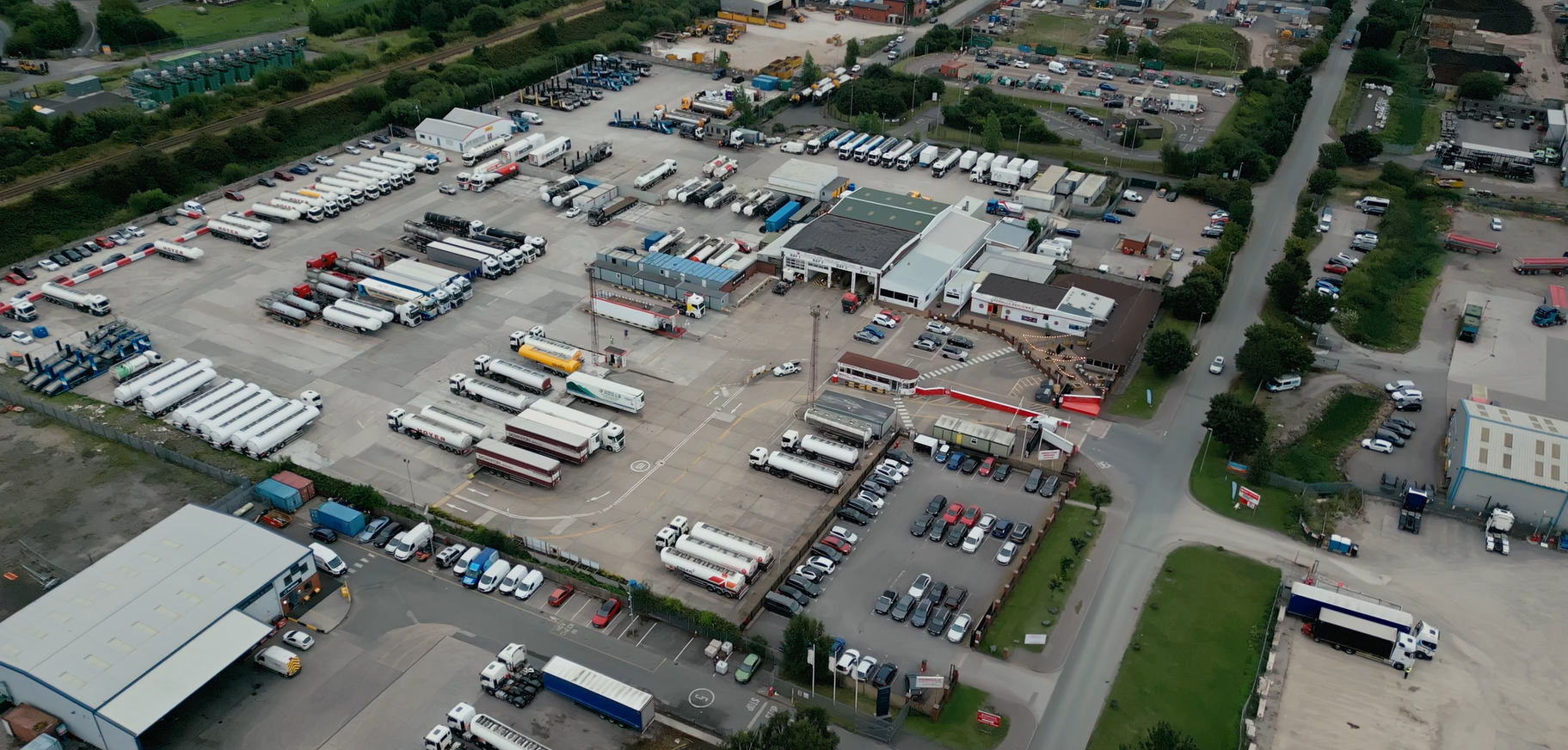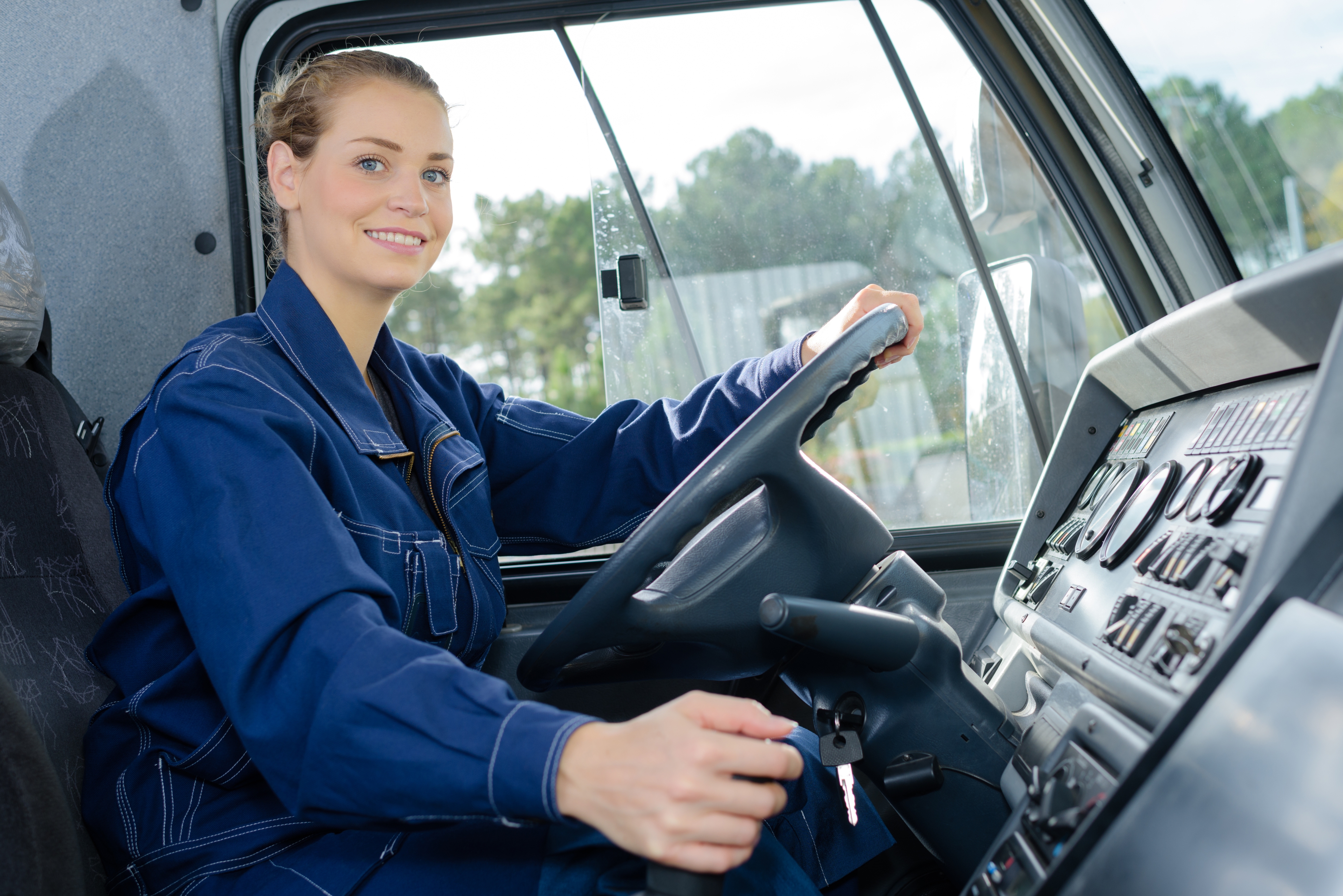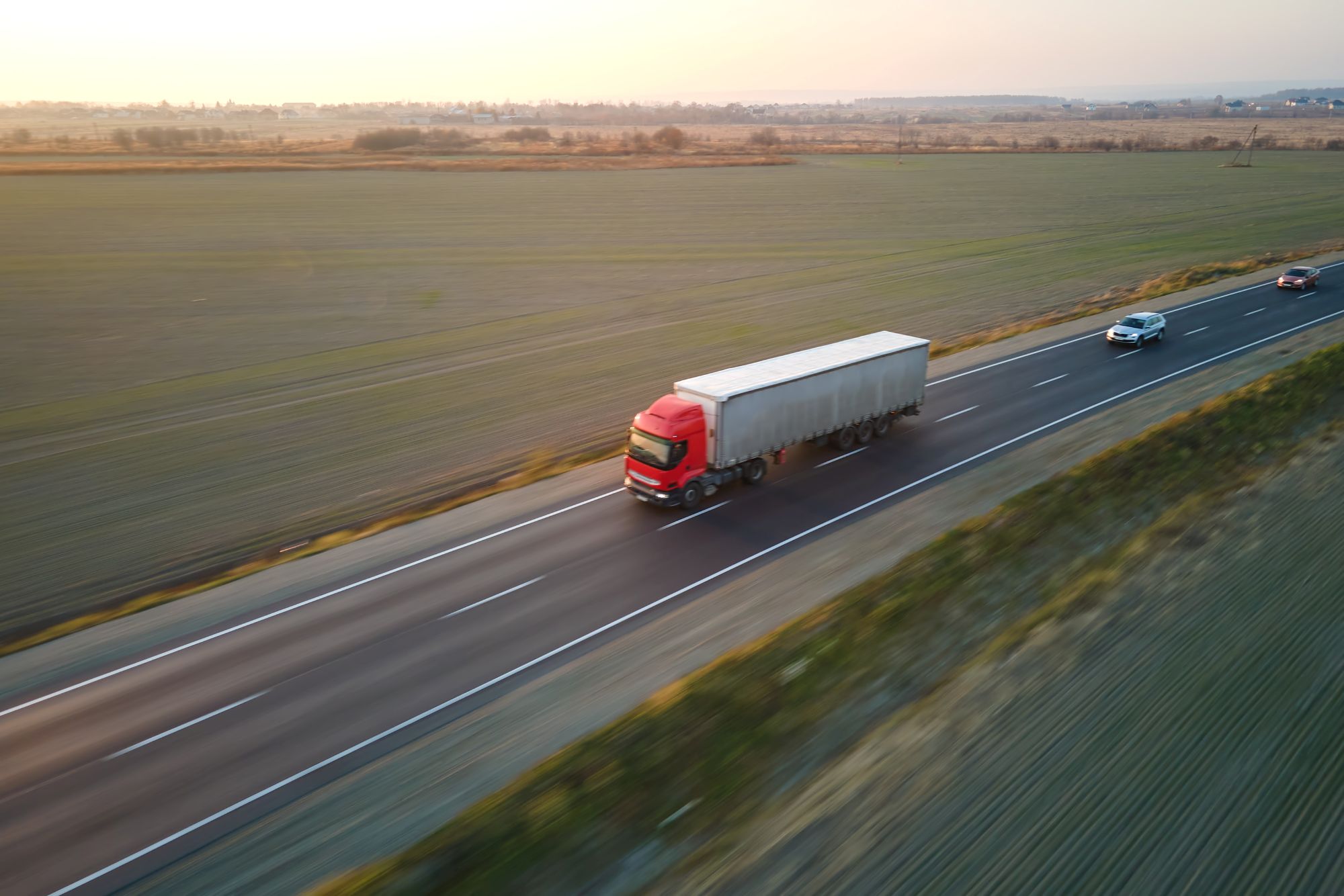
Miranda Blake
O caminho a seguir até 2025: Tendências da indústria de camiões a esperar
Criado: 02/01/2025
•
Atualizado: 02/01/2025
Desde a insatisfação geral dos condutores até às recentes alterações ao CAP dos condutores e aos atrasos no [sistema de entrada/saída da UE] (https://snapacc.com/newsroom/everything-you-need-to-know-about-the-eu-entryexit-system/), 2024 foi um turbilhão para o sector da logística. E há muito no horizonte para 2025 - aqui exploramos as tendências que deverão moldar o sector.
Aproveitar todas as vantagens da IA
Prevê-se que a automatização venha a desempenhar um papel fundamental no próximo ano. Haverá desenvolvimentos na tecnologia de veículos autónomos, nos sistemas de gestão de transportes e nos dispositivos de registo eletrónico - o que resultará numa maior adoção e em mudanças consideráveis na indústria.
Além disso, está previsto um aumento da [utilização de IA] (https://snapacc.com/newsroom/ai-and-its-impact-on-sustainability-in-the-haulage-industry/) para [otimização de rotas] (https://snapacc.com/newsroom/route-optimisation-with-fleet-management-software-snap-account/), manutenção preditiva e gestão de frotas. Tal permitirá obter melhores resultados, como uma maior eficiência operacional e custos reduzidos. A Internet das Coisas (IoT) e a aprendizagem automática serão particularmente valiosas, sendo utilizadas para prever avarias nos equipamentos, o que reduzirá o tempo de inatividade.
Do mesmo modo, a telemática partilhará dados valiosos em tempo real relacionados com o desempenho do veículo, o comportamento do condutor e o estado da carga - conduzindo a uma melhor segurança e conformidade.
Combater as disparidades de género e a escassez de condutores
Atrair mais mulheres camionistas é uma forma de lidar com a [falta de motoristas] (https://snapacc.com/newsroom/hgv-drivers-challenge-the-term-driver-shortage/). Os empregadores poderiam oferecer uma gama mais alargada de funções, introduzir programas e políticas de formação que beneficiassem as mulheres e tornar o ambiente de trabalho mais inclusivo. Neste último caso, as ideias incluem tutoria ou padrões de trabalho que se adaptem melhor às vidas dos camionistas (como turnos diurnos e cobertura de rotas circulares para apoiar os que têm compromissos familiares).
No entanto, a discussão na [página de Facebook da SNAP] (https://www.facebook.com/snapaccount) revelou que tanto os condutores masculinos como os femininos precisam de mudanças. Embora alguns tenham salientado que certas coisas poderiam ser melhores para as mulheres (por exemplo, um deles observou que 90% das instalações do depósito não têm recipientes para sanitas), houve muitos comentários sobre o pacote global dos funcionários e as comodidades das paragens de camiões:
Os homens precisam de mais apoio para cuidar dos filhos. Se o fizessem, não seriam as mulheres a ser o "sorvedouro" da força de trabalho quando se trata da doença ou das prioridades dos seus filhos. As instalações são chocantes para ambos os sexos. "
*"Melhorem as condições e as instalações para TODOS os condutores e verão mais pessoas a entrar no sector, tanto homens como mulheres.
Por isso, as empresas devem analisar a forma de atrair e reter toda a sua força de trabalho. Podem oferecer melhores remunerações, condições de trabalho e oportunidades de desenvolvimento. Do mesmo modo, podem implementar formação para garantir que as pessoas têm todas as capacidades adequadas - para o presente e para o futuro.

Promover uma indústria mais ecológica
Outro ponto fulcral será a [sustentabilidade] (https://snapacc.com/newsroom/the-road-to-sustainability-the-european-emissions-challenge-within-the-transport-sector/) - especialmente devido às leis ambientais cada vez mais rigorosas, à evolução para o zero líquido e à subida em flecha dos preços dos combustíveis.
Os veículos de combustível alternativo não corresponderam às expectativas em 2024, pelo que se prevê que, embora a inovação nesta área continue a ocorrer, haverá uma maior mudança no sentido de se concentrar na forma como as frotas podem aumentar a eficiência operacional (por exemplo, utilizando tecnologia, dados e IA para reduzir o tempo perdido). As empresas também procurarão criar cadeias de abastecimento mais ecológicas, trabalhando com fornecedores e transportadores mais amigos do ambiente.
Do mesmo modo, a mudança para camiões eléctricos está a aumentar - este ano haverá mais pontos de carregamento de veículos eléctricos em parques de camiões. No entanto, as empresas de frotas enfrentam obstáculos, como custos iniciais substanciais e uma quantidade insuficiente de infra-estruturas de carregamento.
Aumento do transporte de mercadorias a longa distância
Por último, prevê-se um aumento da carga aérea e marítima, que terá um efeito de arrastamento no sector dos camiões. Esta situação é agravada pelo facto de as cadeias de abastecimento globais estarem cada vez mais interligadas.
Como resultado, haverá um aumento do transporte de mercadorias a longa distância - o que torna ainda mais importante que os condutores tenham pausas adequadas em paragens de camiões seguras. E é aqui que o SNAP pode ajudar.
A nossa aplicação intruck tem mais de 800 locais disponíveis em toda a Europa, incluindo na Áustria, Bulgária, Chéquia, Grécia, Hungria, Itália e Roménia. Ajudamos a simplificar a gestão de frotas e a garantir que tanto os operadores como os camionistas possam aderir à Diretiva relativa ao tempo de trabalho dos condutores em 2025 e mais além.
Para saber mais, entre em contacto com a nossa equipa através do número +44 (0)1603 777242.



